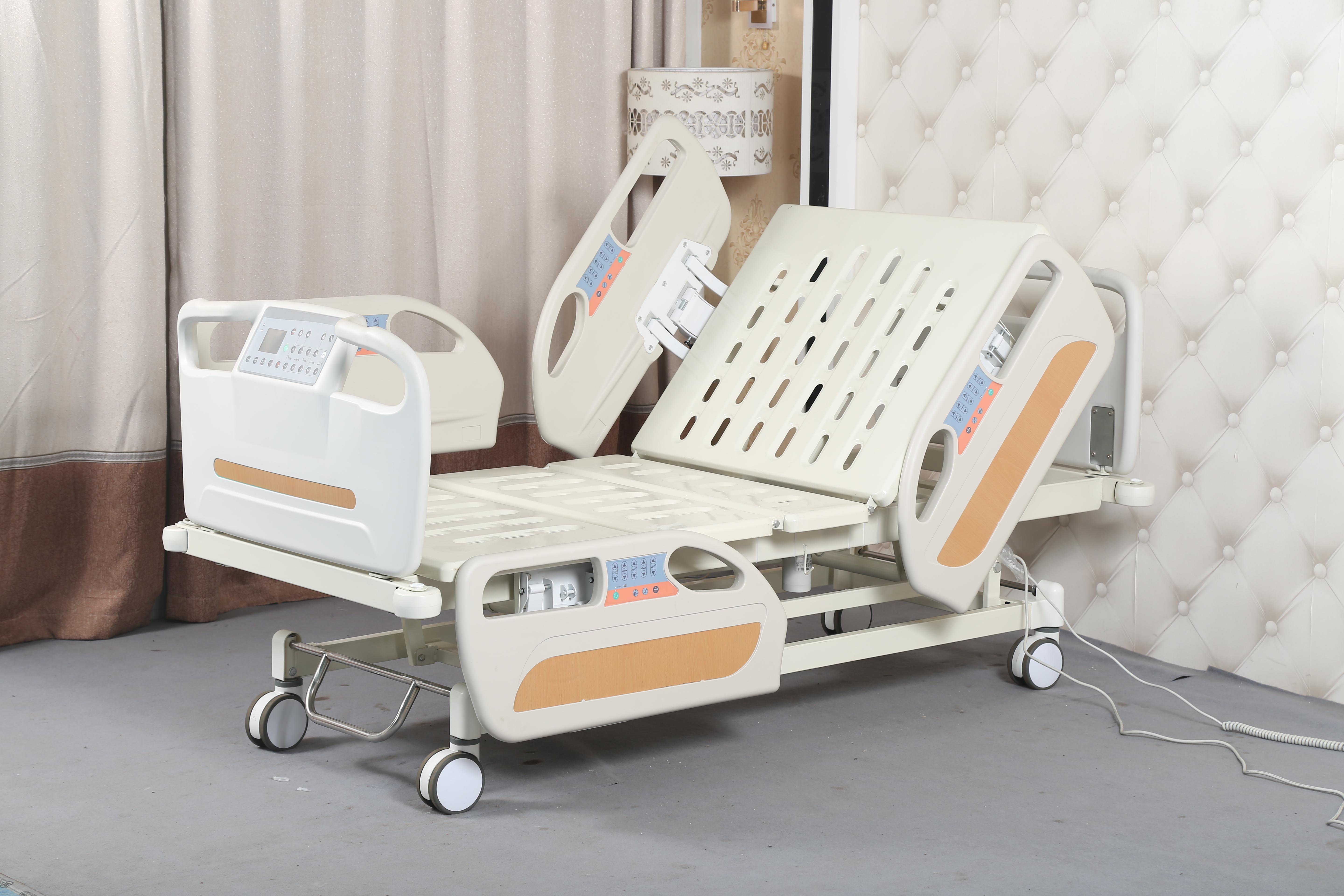Welcome to our websites!
Safe Techniques for Moving Patients from Stretcher to Bed Efficiently and Comfortably
The Importance of Safe Stretcher to Bed Transfers
In healthcare settings, proper patient transfer procedures are crucial to ensuring patient safety and staff efficiency. One of the most common transfer scenarios occurs when moving a patient from a stretcher to a bed. This process requires careful planning, coordination, and the use of appropriate techniques to minimize the risk of injury to both the patient and the caregivers.
First and foremost, understanding the patient's condition is crucial. Before initiating any transfer, healthcare providers must assess the patient's physical and cognitive status. This includes evaluating the patient's ability to assist in the transfer and their level of mobility. A patient who is conscious and cooperative may be able to participate in the transfer process, while a non-responsive or severely weakened patient may require additional support and care.
The Importance of Safe Stretcher to Bed Transfers
The next step involves preparing the patient for the transfer. Communicating with the patient is key; if the patient is alert, explaining the procedure in simple terms can help alleviate anxiety and encourage cooperation. If appropriate, healthcare providers should also ensure that the patient is adequately covered and comfortable before beginning the transfer.
stretcher to bed transfer

When transferring a patient from a stretcher to a bed, a coordinated team approach is often the safest option. Ideally, at least two caregivers should be involved in the transfer one at the head and one at the feet. This allows for better control and stability during the transition. Timing is also essential; both caregivers should perform their movements simultaneously to avoid any jerking or sliding of the patient.
To execute the transfer, caregivers should utilize proper body mechanics. This involves bending at the knees rather than the waist, keeping the back straight, and using the legs to lift while maintaining a firm grasp on the patient. As the team prepares to move the patient, they should gingerly slide the patient towards the edge of the stretcher, then gently roll the patient onto their side facing the bed.
With a coordinated effort, the caregivers should then slide the patient towards the bed, continuing to communicate with each other and the patient throughout the process. Once the patient is safely on the bed, it is critical to ensure their comfort and safety—repositioning as necessary and placing any call bells or necessary items within reach.
Finally, regardless of the specific techniques employed, continual assessment and adjustment are vital. Evaluating the effectiveness of the transfer and making improvements for future situations are essential steps in maintaining a safe environment for both patients and caregivers.
In conclusion, transferring a patient from a stretcher to a bed is a complex task that requires attention to detail, effective communication, and appropriate technique. By following best practices and ensuring teamwork, healthcare providers can minimize risks and promote a positive experience for the patient. Prioritizing safety not only protects the patient but also enhances the overall efficiency and morale of the healthcare team.
-
Transforming Healthcare with Hospital FurnitureNewsJun.24,2025
-
Rehabilitation EquipmentNewsJun.24,2025
-
Mobility and Independence with WheelchairsNewsJun.24,2025
-
Freedom of Mobility with Our Rollator WalkersNewsJun.24,2025
-
Comfort and Independence with Commode ChairsNewsJun.24,2025
-
Bathing Safety and Independence with Shower ChairsNewsJun.24,2025
-
Navigating the Wholesale Landscape of Electric Mobility Solutions: Key Considerations for Power Wheelchair DealersNewsJun.10,2025











